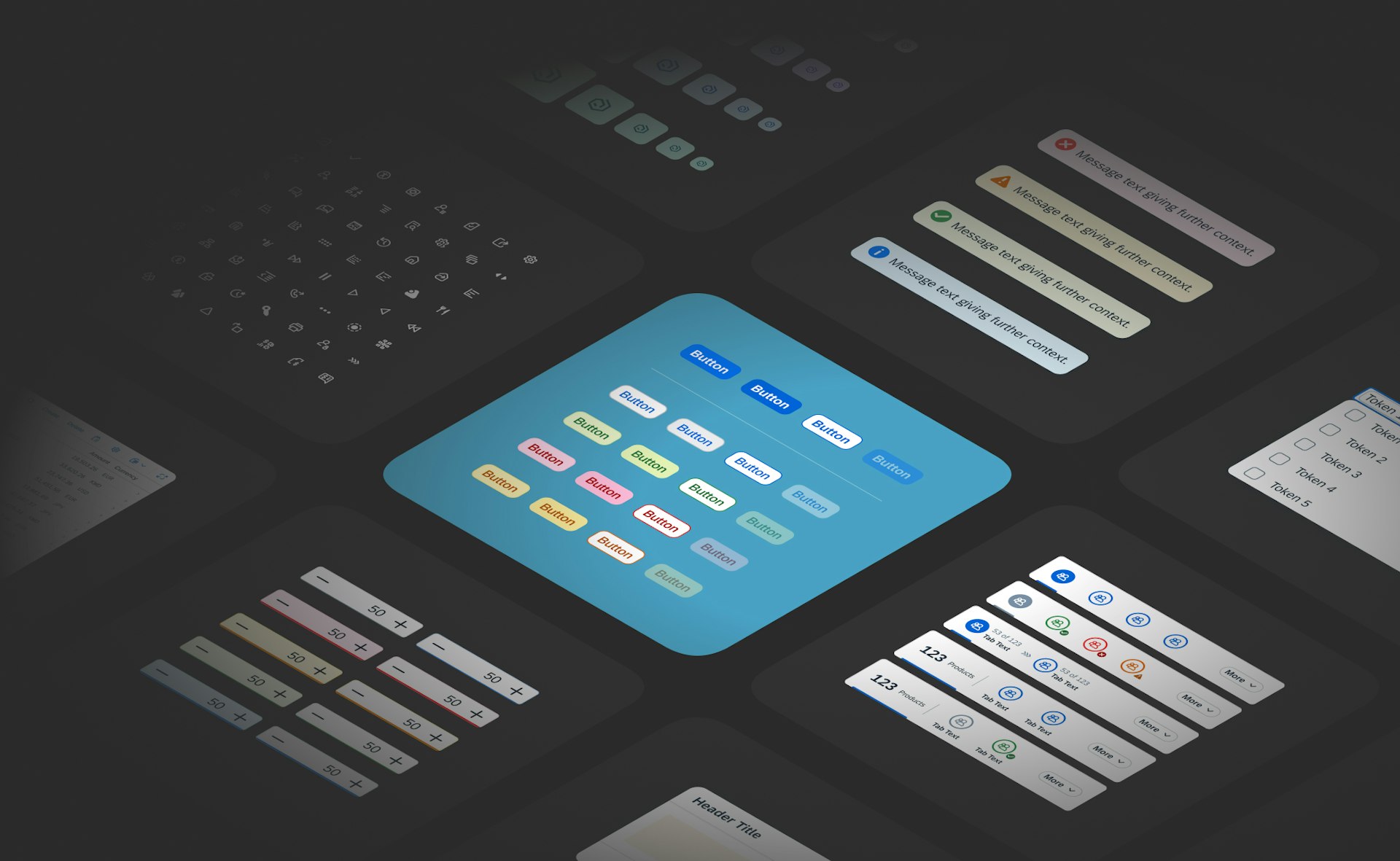SAP and design – do they go together
SAP is not exactly known for excellent user experience. However, I was pleasantly surprised to find an official and well-maintained design system available in Figma. Unfortunately, it seems that hardly anyone is using it. But why?

Surprisingly good and shockingly overlooked
I’ll admit it — when I think of SAP, I picture gray tiles and too many dropdowns. So I was all the more surprised to discover that SAP provides official design resources in Figma for designing SAP applications. I came across well-thought-out components and a consistent design system. The individual files are available in the Figma Community and can be copied from there. All possible states are included in the component properties, which define what can be changed in each component. In addition, all four SAP themes are available via Figma variables.

Hardly anyone is paying attention
SAP’s new Design System from SAP is still in beta, but the Figma files have been available for over a year. The most used SAP UI Kit for S/4HANA has only been opened by around 4,200 people so far. For a platform used globally by corporations and government agencies, that number seems surprisingly low.
By comparison, most UI kits on Figma have between 100,000 and 950,000 views. The fact that the official UI kit of a multibillion-dollar company flies so far under the radar feels almost absurd. SAP is clearly investing heavily in its design system, yet hardly anyone is using it. In my view, this is largely because many SAP projects don’t involve designers at all.
The thing about user-centered design
What does that say about the design culture in the SAP world? Quite a lot. The fact that such high-quality resources are so rarely used shows that user-centered design is still a foreign concept in many SAP projects.
Processes are being digitized, but not simplified. Applications are built without ever speaking to a real user. And when the application isn’t user-friendly, the solution is to offer user training.
Why this is exactly where we start
The Figma components from SAP are there. They are well made and ready to use. But they don’t solve a single problem — at least not on their own. Because before we can even think about design, we first need to understand what users actually need to get their work done.
And this is exactly where we start. We don’t begin with the solution, but with questions. What does the daily work look like? What does the person who uses this application every day need to work more efficiently and with greater clarity?
Once we understand that, we build a prototype. This gives users a direct view of what could change compared to today, and allows them to actively take part in the process. In the end, the result is a solution that is needed and easily understood.
The future looks exciting
In the SAP context, where applications have often evolved over many years, a user-centered approach offers a huge opportunity to develop truly well-thought-out features. I’m curious to see how SAP’s design system continues to develop and truly hope that this approach becomes the standard in SAP development going forward.

